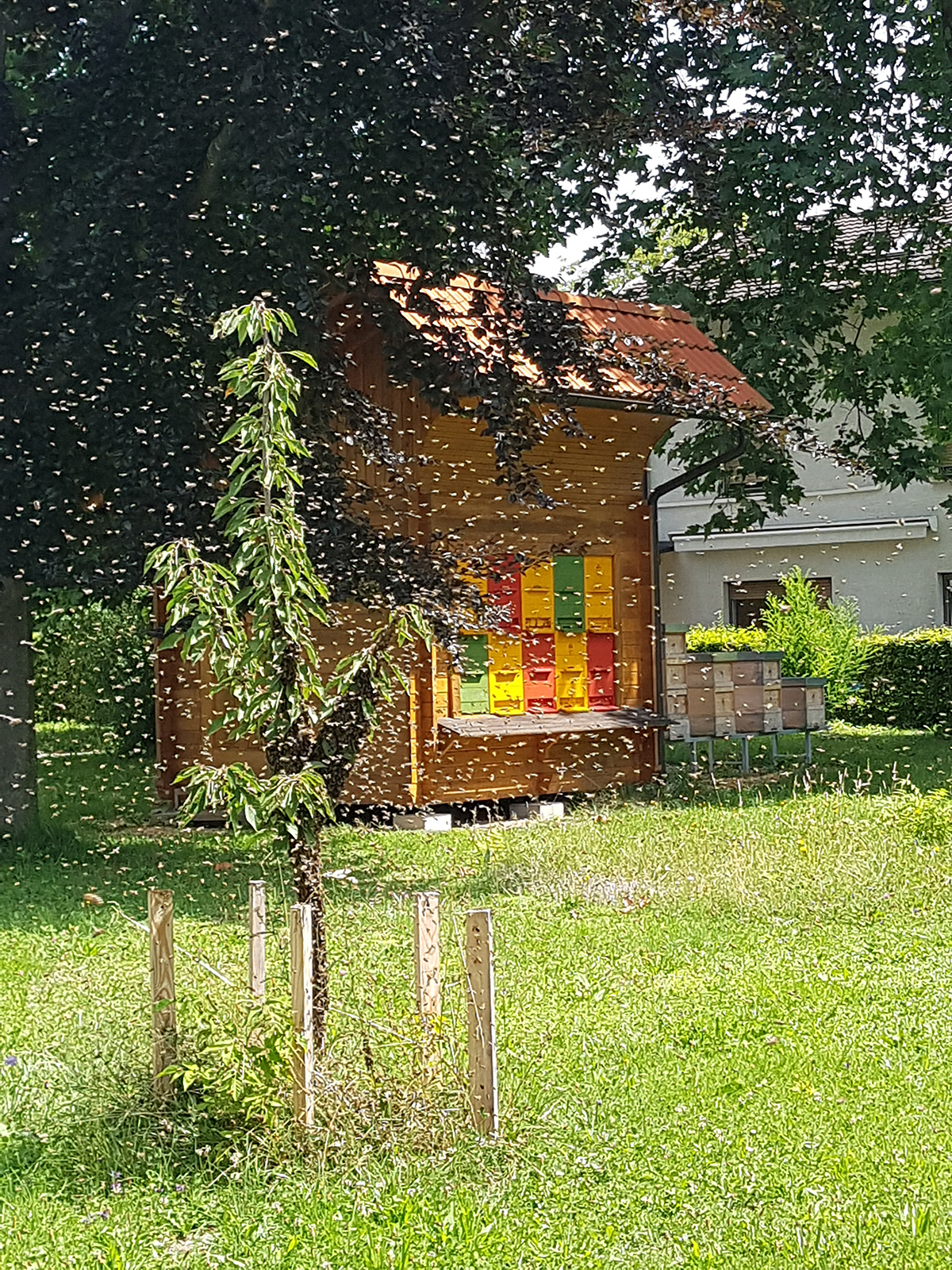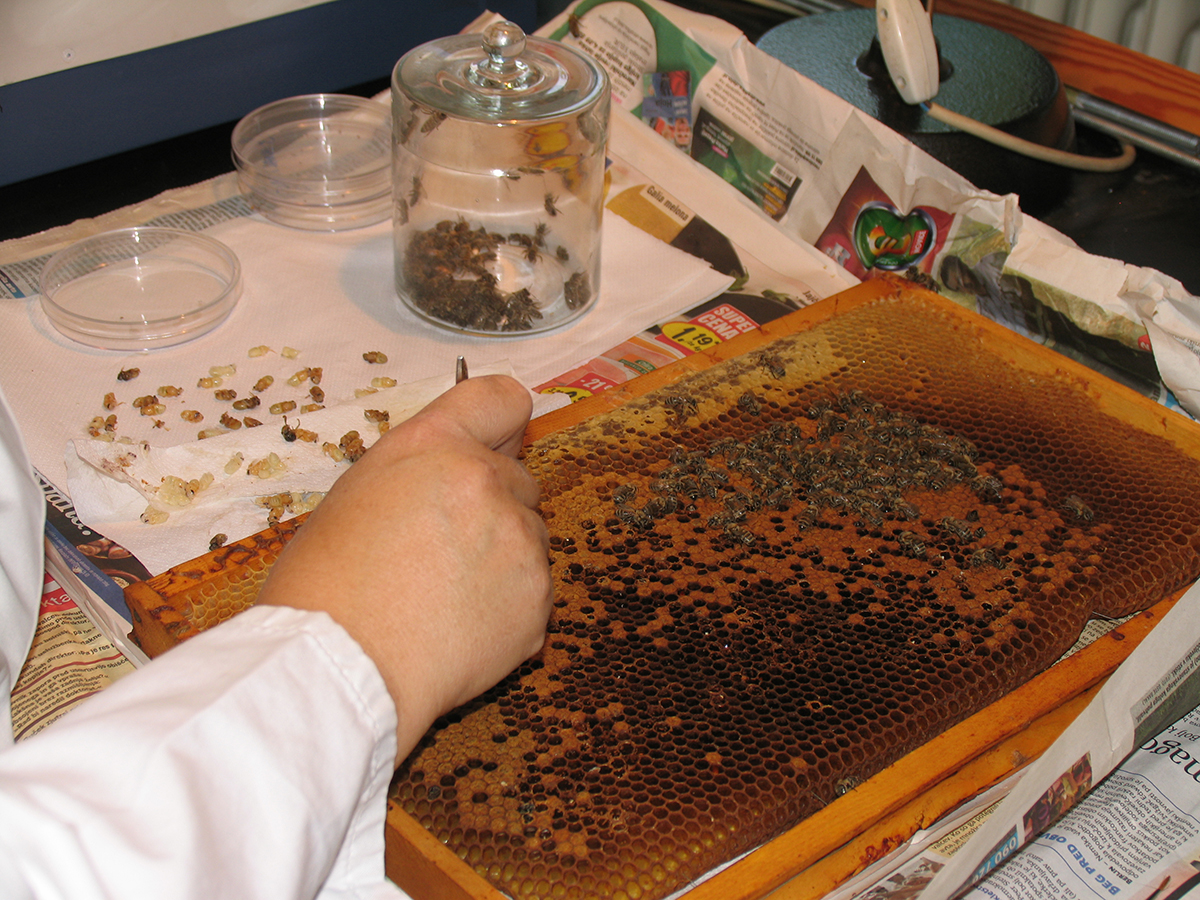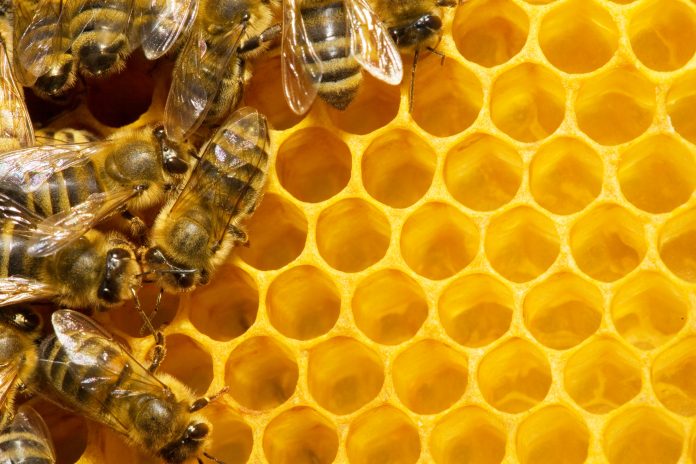Ivan Toplak, Professor from the University of Ljubljana, Veterinary Faculty, reveals what we know about honeybee viral strains and transmission between honeybee colonies
Virus infections play an important role in the global threat for honeybee beekeeping and viruses are frequently detected not only in weak or collapsed bee colonies, but also in clinically healthy bees. For this reason, the interpretation of honeybee viral infections in tested honeybee colonies or apiaries may be very complex. As was already confirmed by some research studies, obtained by nucleotide comparison of sequenced partial or complete viral genomes, the phylogenetic comparison of strains of honeybee viral infection can be an excellent tool for explaining the transmission not only between honeybee colonies but also to other pollinators. The same approach is already widely used to stop and monitor the transmission of different animal and human viruses. Bee viruses do not infect humans, so bee products do not pose any threat to human health.
Different species of honeybee viruses
More than 30 different species of honeybee viruses have already been described, almost half of which have been detected during the last few decades. For most of these, it is not yet known whether they cause actual damage in an infected bee family and what the signs of infection are. The phylogenetic analysis of honeybee virus and varroa mite (Varroa destructor) positive samples confirmed that almost identical strains of some honeybee viruses were detected in both species and that varroa is an efficient vector between honeybee colonies and apiaries.
Varroa as a vector of bee viruses
Infestation with varroa (Varroa destructor) started in Europe about 50 years ago and this changed the perception of the pathogenesis of viral infections in honeybees significantly. During varroa infestation on brood and bees, different types of viruses can be transmitted. Not only that the varroa is the vector of individual viruses, injected directly into the bee during sucking fat bodies, can have serious consequences for the infected bees because of the low infective dose and start the rapid multiplication of the virus. Timely and successful control of varroa infestation on a low level in the apiary is, therefore, the key preventive action of beekeepers for also reducing the impact of viral infections on bee colonies.

Viral loads and evolutionary adaptation
Bees have established a special balance through evolutionary adaptation to viral infections and some viruses are detected in low viral loads, not causing clinical signs of disease, while in other cases honeybee viruses can be detected in a higher viral load and varroa infestation producing brood death, varying degrees of clinical signs in worker bees and premature bee deaths. All this can lead to a weakness of the bee colony, which eventually results in the colony collapse.
High diversity of honeybee strains in Slovenia
Genetically identical strains of black queen cell virus (BQCV), acute bee paralysis virus (ABPV), sacbrood bee virus (SBV) and Lake Sinai virus (LSV) have been recently identified also in bumblebee positive samples when compared to strains found in honeybee samples collected in Slovenia. This confirmed that several local endemic strains of honeybee viruses are also infecting bumblebees or vice versa. Furthermore, this study demonstrated that there is a high level of genetic diversity among endemic strains of BQCV, ABPV, SBV and LSV. This is surprising, given that Slovenia is a relatively small country in Central Europe, spanning a small geographic area. Several phylogenetic studies of bee viruses circulating among Carniolan honeybee (Apis mellifera carnica), which is protected by national law in Slovenia have confirmed the presence of high genetic heterogeneity of strains, which confirms that indigenous bee breed is not completely isolated from other European bees, although the legal import of bees is prohibited.
Identification of honeybee strains by sequencing
Very little is known yet about which strains of bee viruses are also present in other insect species and what role they play in the transmission and maintenance of a virus in a bee population. The increased use of the rapid Sanger sequencing from PCR products and next generation of sequencing (NGS) technology also on bee samples will certainly bring to the identification of new circulating strains and new types of bee viruses in the future, which have not yet been identified to improve knowledge of viral infections in bees. Of all the above, the most important is the continuous education of beekeepers and bee disease specialists, whose many activities can significantly contribute to the improvement and deterioration of viral infections of bees.

Tracing the individual viral strains
With the increasing number of sequenced positive samples containing one or more honeybee strains from the same geographic area and different countries all over the world, and with a growing number of deposited sequences into GenBank, it is possible to provide more detailed and comprehensive phylogenetic studies with a presentation of the genetic relationship between detected viral strains in the honeybee, varroa and other pollinators. The phylogenetic comparison of sequenced positive samples provides a good possibility for tracing the individual viral strains transmission between colonies on a local and global level, study of the virus evolution and epidemiological adaptation of different strains to new circumstances that can be observed in practice but have still not been well understood for many years.
More research studies on virus transmission needed
By knowing the way and frequencies of the transmission of individual types of viruses within varroa infested and varroa free honeybee colonies, apiary and between apiaries, we would also better understand the different clinical manifestations of viral diseases and evolutionary processes that occur when new relationships between different strains of viruses, varroa and bees are established. Without detailed knowledge of the ways and frequency of virus transmission at the level of individual bees and within the honeybee colony, it is impossible to understand a more complex system of clinical signs of viral diseases and ways of persisting a virus infection in bee populations. Despite the current knowledge of basic principles and extensive scientific progress in recent years, much virus research, based on sequencing of strains and the study of virus transmission must be done to improve the future survival of honeybee colonies.
Please note: This is a commercial profile
© 2019. This work is licensed under CC-BY-NC-ND.











